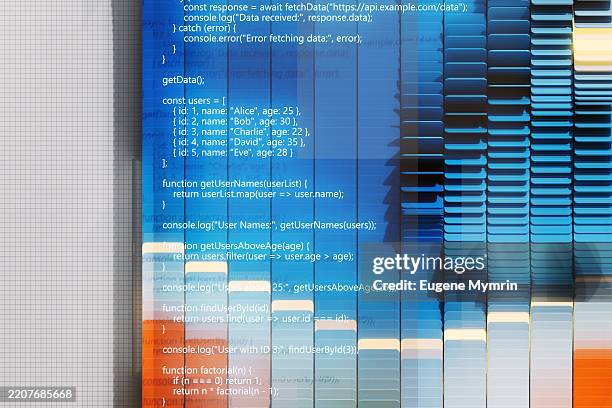Next-Gen React State Management with Zustand and RTKQ
React state management has evolved significantly. While Context API offers a solid foundation, libraries like Zustand and RTKQ (React-Query Toolkit) provide more streamlined and powerful solutions for complex applications. This blog post explores how to leverage these libraries for efficient and scalable state management in your React projects.
Concept: Zustand and RTKQ Synergy
Zustand is a small, fast, and scalable state management solution. Its simplicity makes it ideal for managing local component state and smaller data sets. RTKQ, on the other hand, excels at fetching, caching, and updating asynchronous data from APIs. Combining them creates a robust system where Zustand manages UI state and RTKQ handles data fetching and caching, resulting in a clean separation of concerns and improved performance. Zustand's minimal overhead and RTKQ's powerful caching mechanisms make this a highly efficient approach.

Code Example: Fetching and Displaying Data
Let's build a simple example fetching a list of posts from an API using RTKQ and displaying them using Zustand. We'll use a placeholder API for simplicity. This example demonstrates how to use `useQuery` from RTKQ to fetch data and `createStore` from Zustand to manage the UI state (e.g., loading state, error handling).
Tips and Best Practices
1. **Keep Zustand for UI State:** Use Zustand primarily for managing UI-related state that doesn't involve asynchronous data fetching. This keeps your state management clear and efficient. 2. **Leverage RTKQ's Caching:** RTKQ's caching mechanisms are powerful. Understand how to use `useQuery`, `useMutation`, and other hooks to optimize data fetching and reduce API calls. 3. **Error Handling:** Implement robust error handling in both Zustand and RTKQ to provide a smooth user experience. Display informative error messages to the user. 4. **Data Transformation:** Use selectors or helper functions to transform data from RTKQ before passing it to Zustand. This keeps your components cleaner and easier to maintain.

Conclusion
Combining Zustand and RTKQ offers a powerful and efficient approach to state management in React applications. By separating concerns and leveraging the strengths of each library, you can build scalable and maintainable applications with improved performance. Remember to choose the right tool for the job – Zustand for UI state and RTKQ for data fetching – to maximize the benefits of this powerful combination.
Comments
Post a Comment